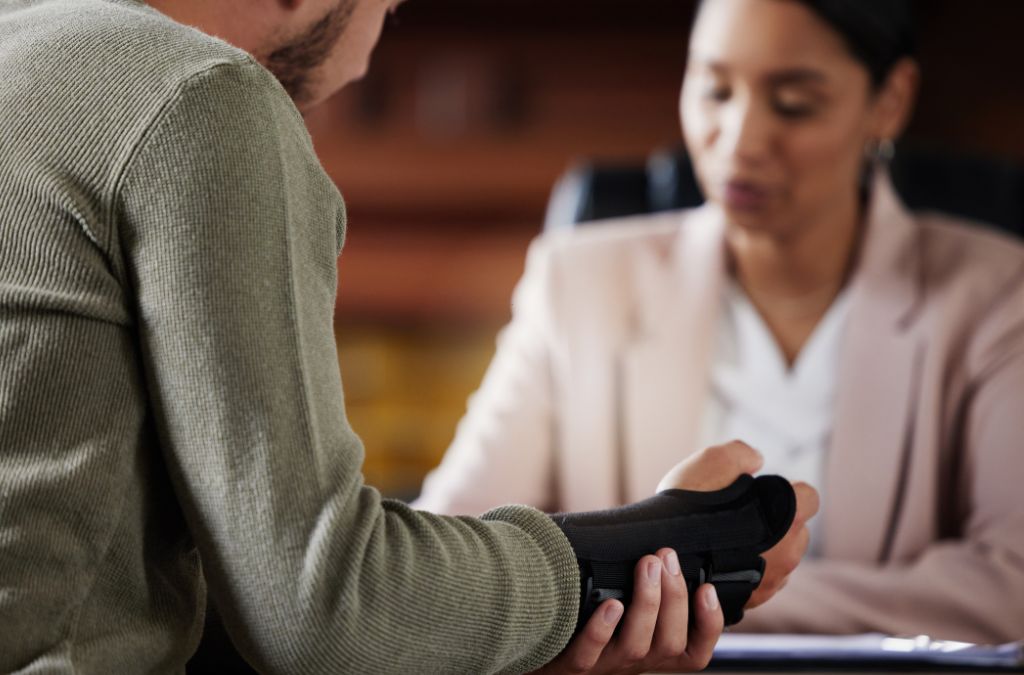-
Table of Contents
- The Personal Injury Lawyer’s Guide to Claim Success
- Understanding Different Types of Personal Injury Claims
- Case Study: Car Accident Claim
- Gathering and Preserving Evidence
- Effective Client Communication
- Negotiation Tactics
- Trial Preparation
- Case Study: Medical Malpractice Trial
- Staying Updated with Legal Developments
- Building a Strong Network
- Conclusion
The Personal Injury Lawyer Guide to Claim Success
Personal injury law is a complex field that requires a strategic approach to achieve successful outcomes. This guide aims to provide valuable insights and practical tips for personal injury lawyers striving to maximize their clients’ compensation. From understanding the nuances of different types of claims to mastering negotiation tactics, this article covers key aspects that contribute to claim success.
Understanding Different Types of Personal Injury Claims
Personal injury claims can arise from various incidents, each with its own set of legal considerations. Some common types include:
- Car accidents
- Slip and fall incidents
- Medical malpractice
- Workplace injuries
- Product liability
Each type of claim requires a tailored approach. For instance, car accident claims often involve dealing with insurance companies, while medical malpractice cases may require expert testimony from medical professionals.
Case Study: Car Accident Claim
Consider a case where a client was involved in a rear-end collision. The lawyer must gather evidence such as police reports, witness statements, and medical records to build a strong case. Negotiating with the insurance company to secure a fair settlement is crucial. In some instances, taking the case to court may be necessary if the insurance company offers an inadequate settlement.
Gathering and Preserving Evidence
Evidence is the cornerstone of any personal injury claim. The more robust the evidence, the stronger the case. Key types of evidence include:
- Medical records
- Photographs of injuries and accident scenes
- Witness statements
- Police reports
- Expert testimony
Preserving evidence is equally important. For example, in a slip and fall case, securing surveillance footage from the location can be pivotal. Promptly gathering and preserving evidence can prevent it from being lost or tampered with.
Effective Client Communication
Maintaining clear and consistent communication with clients is fundamental. Clients should be kept informed about the progress of their case and any developments. This not only builds trust but also ensures that clients are prepared for each stage of the legal process.
Regular updates can be provided through phone calls, emails, or in-person meetings. Addressing client concerns promptly and empathetically can significantly enhance the lawyer-client relationship.
Negotiation Tactics
Negotiation is a critical skill for personal injury lawyers. Whether dealing with insurance companies or opposing counsel, effective negotiation can lead to favorable settlements. Some key tactics include:
- Understanding the value of the claim
- Presenting a strong case with compelling evidence
- Being prepared to counter lowball offers
- Knowing when to settle and when to proceed to trial
For example, in a workplace injury case, presenting detailed medical records and expert testimony can strengthen the negotiation position. Being well-prepared and confident can often lead to better settlement offers.
Trial Preparation
While many personal injury cases are settled out of court, some may proceed to trial. Thorough trial preparation is essential for success. This includes:
- Developing a compelling narrative
- Preparing witnesses and experts for testimony
- Organizing evidence for presentation
- Anticipating and countering the opposing counsel’s arguments
In a medical malpractice case, for instance, having a well-prepared expert witness can be the difference between winning and losing. The expert’s testimony should be clear, concise, and credible.
Case Study: Medical Malpractice Trial
In a notable medical malpractice case, the plaintiff’s lawyer meticulously prepared the expert witness, who was a renowned surgeon. The expert’s testimony highlighted the deviation from standard medical practices, which was instrumental in securing a favorable verdict for the client.
Staying Updated with Legal Developments
The field of personal injury law is constantly evolving. Staying updated with the latest legal developments, court rulings, and legislative changes is crucial for success. This can be achieved through:
- Attending legal seminars and conferences
- Subscribing to legal journals and publications
- Participating in continuing legal education (CLE) programs
Being well-informed about recent changes in personal injury law can provide a competitive edge and improve case outcomes.
Building a Strong Network
A strong professional network can be invaluable for personal injury lawyers. This includes connections with:
- Medical professionals
- Expert witnesses
- Other attorneys
- Investigators
For example, having a reliable medical professional who can provide expert testimony can significantly strengthen a case. Networking can also lead to referrals and collaborative opportunities.
Conclusion
Achieving success in personal injury claims requires a multifaceted approach. Understanding the nuances of different types of claims, gathering and preserving robust evidence, maintaining effective client communication, mastering negotiation tactics, and being well-prepared for trial are all critical components. Staying updated with legal developments and building a strong professional network further enhance a lawyer’s ability to secure favorable outcomes for their clients. By implementing these strategies, personal injury lawyers can navigate the complexities of the field and achieve claim success.
